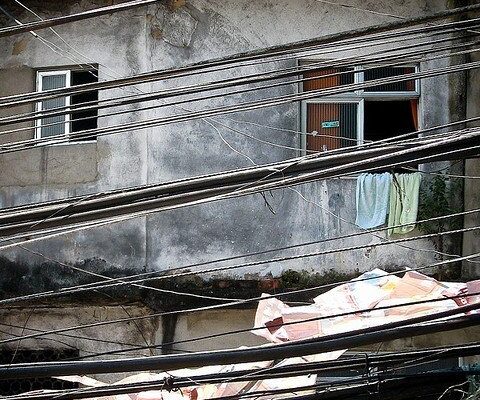Фавелы Рио-де-Жанейро
The favelas of Rio de Janeiro are colorful slum neighborhoods located on hillsides throughout the Brazilian city. The favelas are named after the Morro da Favela hill, which got its name from the favela plant. Brazilian officials refer to the city’s slums as comunidades or “communities.”
.
Lately, the poor neighborhoods of the Brazilian city have been as popular as the world-famous tourist attractions and beaches. The slums have long been a part of Rio, and their history goes back more than a century. During this time, favelas have become more than just a type of dwelling, but have grown into a certain level of culture that has a noticeable impact on the politics and economy of the state. Movies are dedicated to favelas, their image is used in computer games, novels are written about the events that take place here, and popular songs are sung about them. In addition, favelas have given the country many famous personalities – soccer players, musicians, writers and actors.
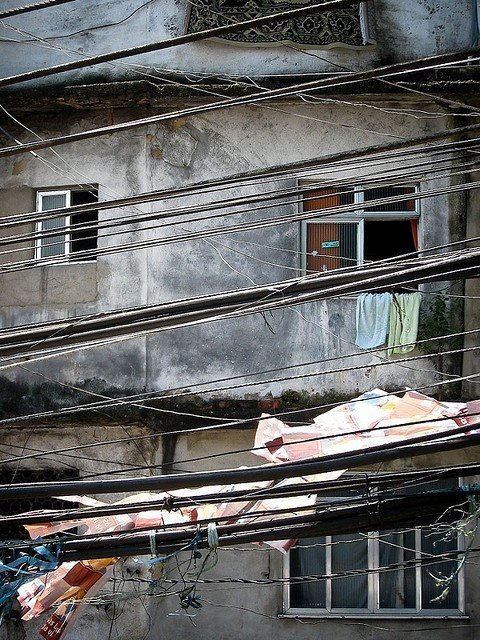
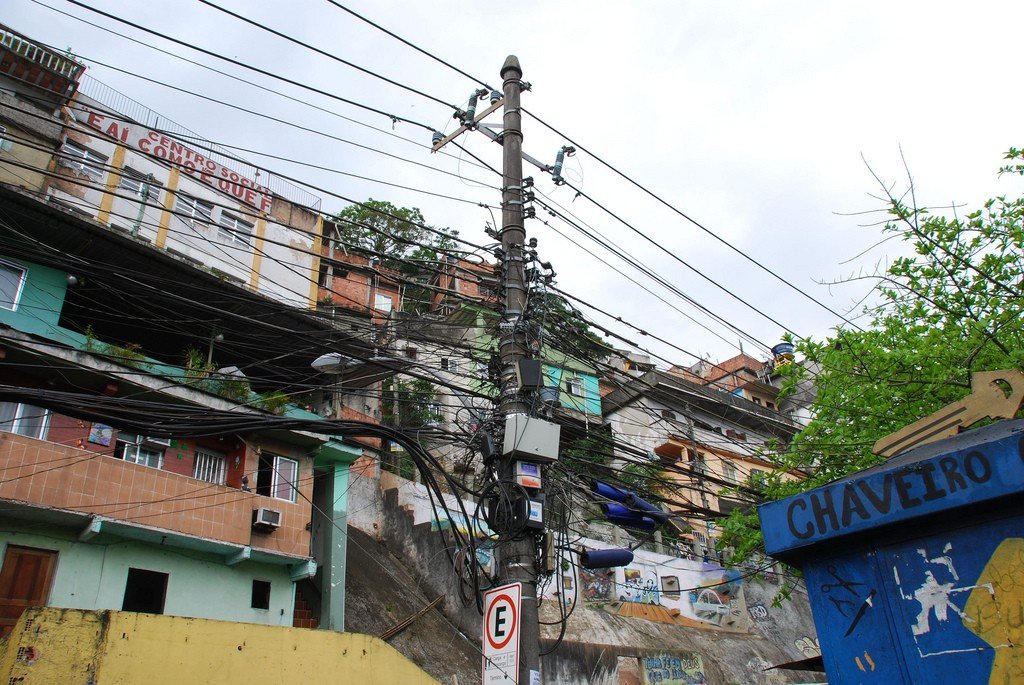
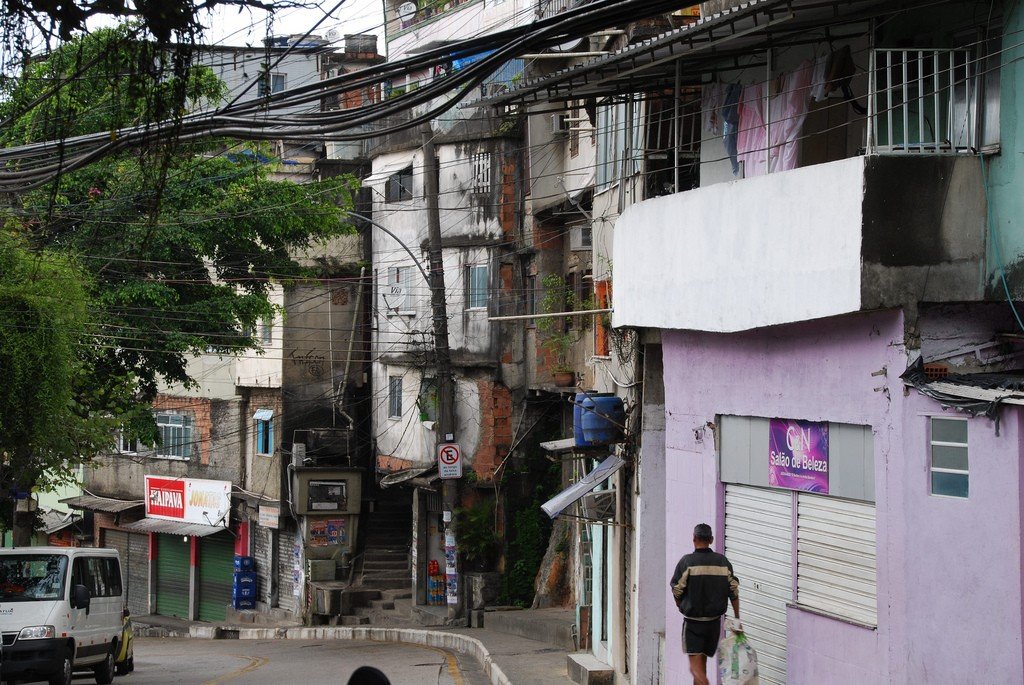
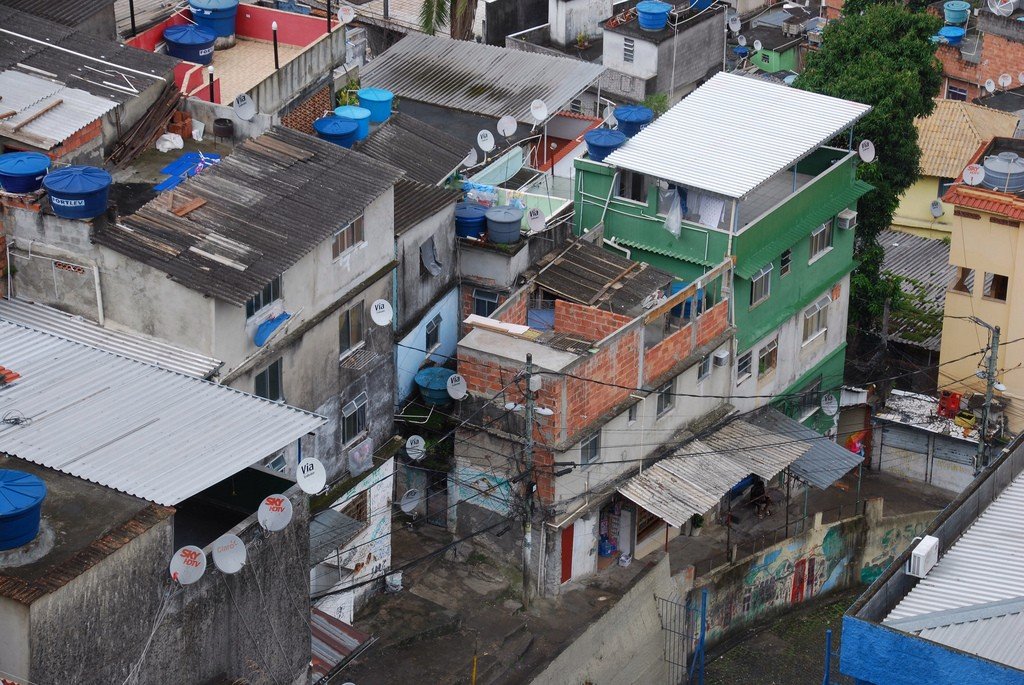
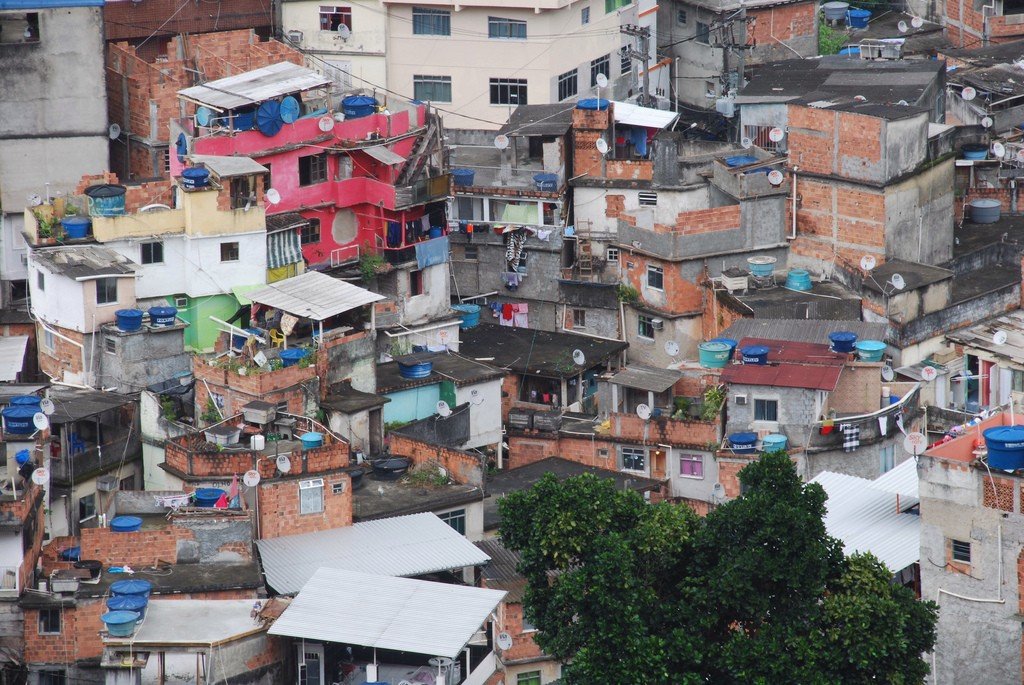
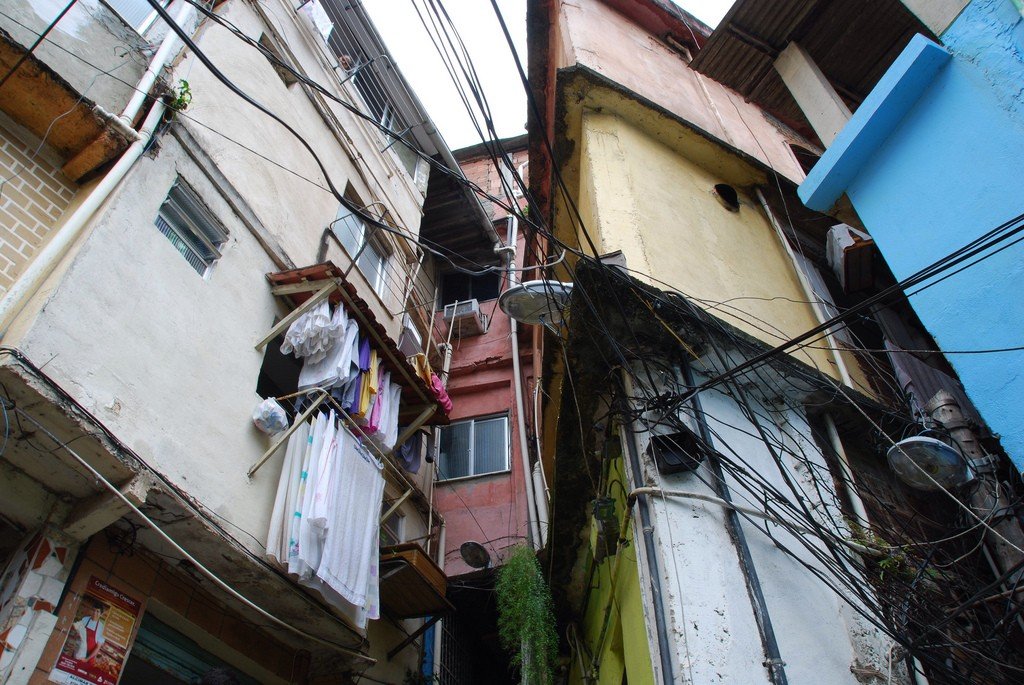
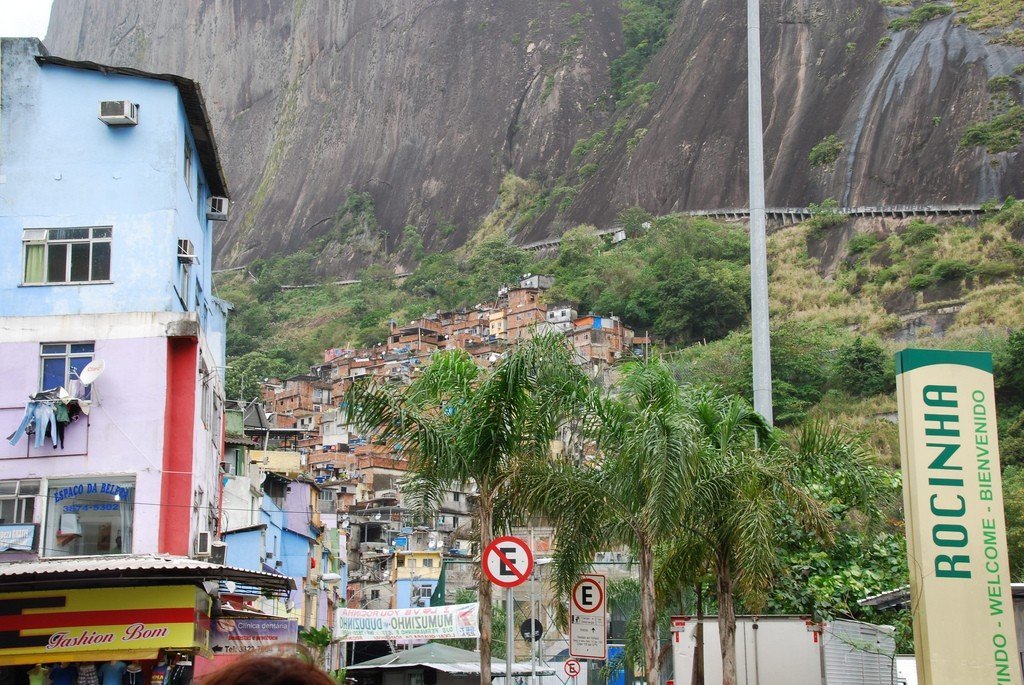

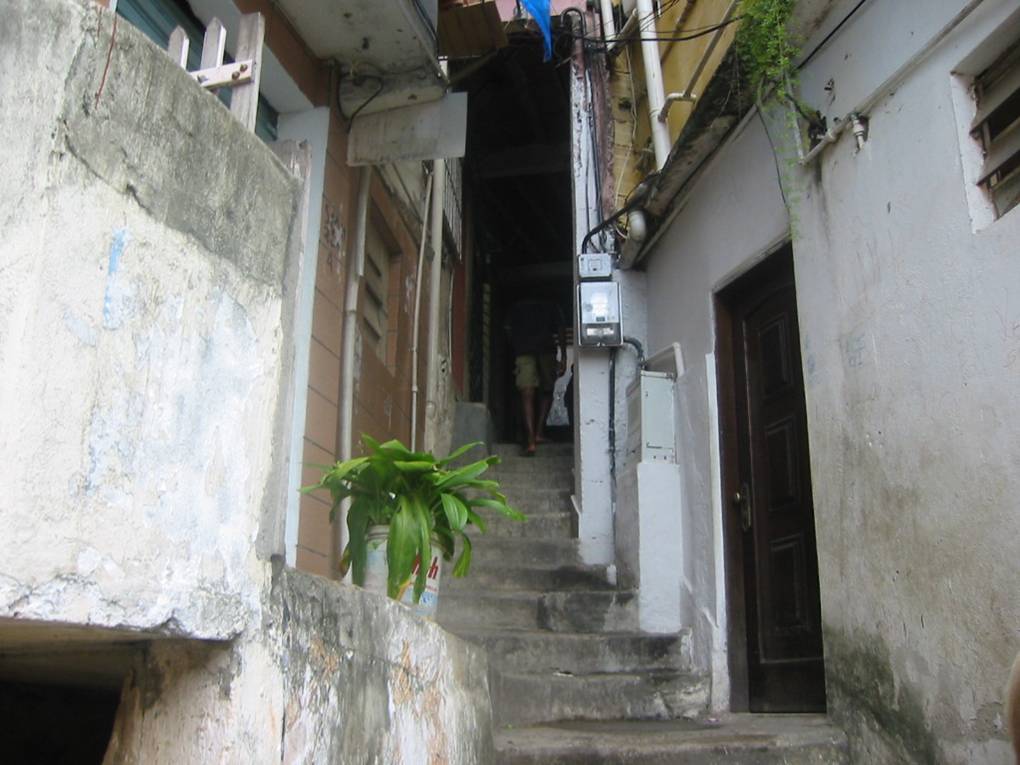
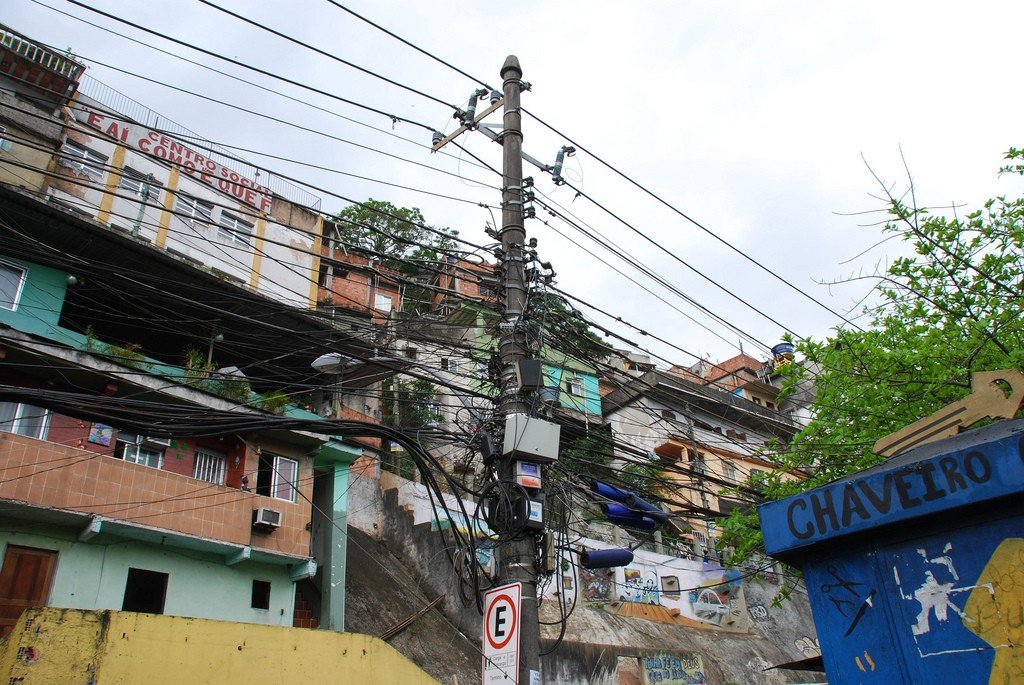
Video: Favelas of Rio de Janeiro
ContentsHighlights
Rio de Janeiro is considered the second Brazilian city in terms of neighborhoods for the poor, second only to São Paulo. However, its slums are world famous, as they neighbor the popular tourist areas of Copacabana and Ipanema.
.
Rio’s poor neighborhoods do not require “proof of residency”. There is a huge concentration of weapons here, and there are even their own armed squads or militias that keep order during the day and at night. These squads are usually at odds with the city’s police force. Most people living in Rio de Janeiro’s favelas are not from the underworld, but they have nothing against their criminal neighbors.
.
Each favela is governed by an association of residents and its president, who is elected by ballot for 1 to 3 years. The larger neighborhoods even have their own radio stations, and publish newspapers.
Before visiting the favelas in Rio de Janeiro, you need to realize that this is a separate Brazil, different from what the pages of popular tourist guides tell you about. Brazilians are quite cheerful and friendly people, and where they are happier – in a fashionable neighborhood or a slum, it can be difficult to determine at first glance.
.History of Rio de Janeiro’s favelas
The cause of slums throughout Latin America was the dramatic process of urbanization that occurred in the late 19th century. Slavery was abolished in Brazil. Like other cities in the country, Rio de Janeiro grew rapidly. Rural residents and many immigrants who came to work could not immediately find decent housing, so they began to build apartments and houses from what was at hand, using minimal building materials.
.
Today, approximately 6% of all Brazilians are residents of favelas. This is where the city’s poor and less educated residents live. The citizens themselves recognize that the state and government have very little influence on the life of the favelas in Rio de Janeiro.
.
The biggest problem of the poor neighborhoods is the high crime rate. Before the 2014 World Cup and the 2016 Olympics, the government conducted several operations against drug trafficking, and the situation in some neighborhoods has improved..
What favelas look like
Each favela in Rio is a jumble of unauthorized buildings that can be up to 3-4 stories high. The sewage, water and electrical systems, if any, are extremely primitive. The outer walls of the houses are usually not plastered. The buildings themselves are easy to destroy, and this is often taken advantage of by looters.
.
On the streets of the favelas of Rio de Janeiro can be transported only at the foot of the hills. Higher up on the slopes, the streets are walked or traveled on motorcycles. The advantages of the slums are considered to be the great views of the city and the ocean from the top. In elite neighborhoods, developers charge up to 50% of the price of housing for a good view. And people living in favelas get the opportunity to admire the beauty of Rio for free.
.Just under half of all favela residents are white, 8% are black Brazilians, 33% are mulatto, and 10% include everyone else. They are foreigners, mostly from Latin American countries, but also newcomers from Europe and China. Interestingly, the majority of favela residents find work in the neighborhood itself or within walking distance of where they live. And a very small percentage get to their place of employment by public transportation or motorcycle.
.Each favela has its own educational facilities, health centers, and sports fields, which are maintained with government money. Many families benefit from material assistance from the government. The vast majority of the inhabitants of these neighborhoods live for today, hoping for a better future. But they do almost nothing to make their own lives even slightly different.
.How to get there
Rio de Janeiro’s favelas are scattered throughout the city, but the largest are in the South Zone of Greater Rio. These are the neighborhoods of Vidigal and Rocinha, with a total population of about 200,000 people. It is convenient to walk to the Rocinha favela from the São Conrado metro station, through which the L1 and L4 trains run. It is also served by bus routes Nos. 104, 109, 448, 525, 537, 548, 551, 552, 553, 554, 557, 558 and 565.
.